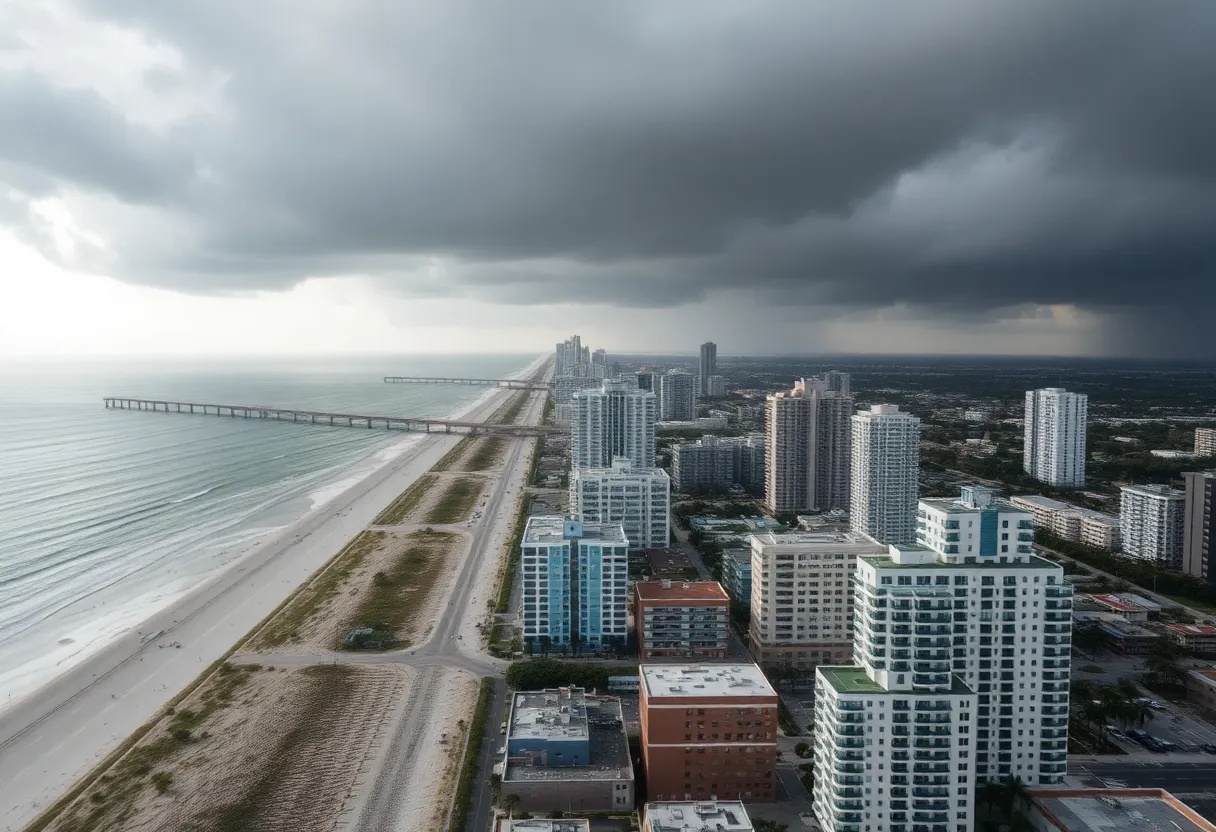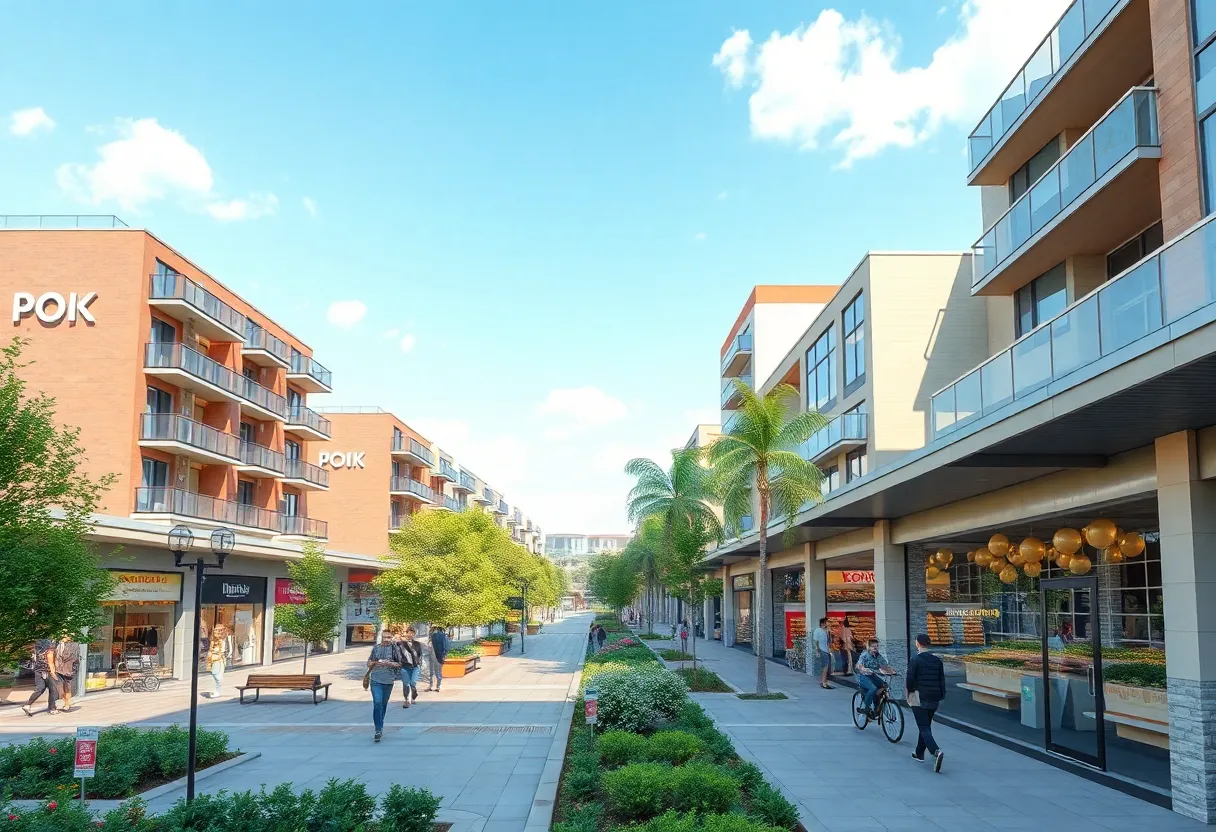News Summary
St. Petersburg is grappling with potential insured losses of $28 billion to $47 billion due to Hurricanes Helene and Milton. As the renewal deadline for property insurance approaches, city officials are focused on securing coverage for vital assets, including Tropicana Field, which faced drastic reductions in insurance that could hinder recovery. City leaders are weighing the costs of repairs against the reality of aging infrastructure and federal assistance, as they prepare for the next hurricane season and seek to balance immediate needs with long-term investments.
St. Petersburg’s Insurance Woes Amid Hurricane Damage
St. Petersburg is no stranger to the fierce winds and storm surges that hurricanes bring, but recent assessments have painted a concerning picture. Following the devastation incurred from Hurricanes Helene and Milton, the city is anticipating a staggering range of insured losses between $28 billion to $47 billion. This estimation certainly raises a lot of eyebrows, especially as city leaders review the necessary steps in preparing for the upcoming hurricane season.
Insurance Challenges Ahead
The clock is ticking, and with the property insurance coverage renewal deadline set for April 1, 2025, the city is feeling the pressure. To secure $1.9 billion in city-owned property, officials plan to allocate approximately $9.6 million this year. To provide context, the City Council is gearing up for a vote on this crucial insurance coverage, scheduled for March 27, 2025.
Tropicana Field: A Delicate Situation
One of the focal points of concern lies with the Tropicana Field stadium, which has recently received its fair share of scrutiny. Interestingly, just seven months before Hurricane Milton rolled through, the insurance coverage for this stadium was slashed from $100 million to $25 million. This drastic reduction raises questions about how adequately the city can protect its assets amid natural disasters.
Repairing the Tropicana Field has become a pressing issue, with city officials preparing to invest around $56 million in repairs. This aging structure has already faced challenges since it was exposed to the elements on October 9, 2024. Burdened by the costs, city leaders recognize the stadium’s financial impact, deeming it the costliest structure in their portfolio.
Supplementing Coverage Options
To mitigate potential risks during repairs, the city is exploring options for contractor’s insurance. Blaise Mazzola, the city’s risk manager, has indicated that the current $25 million claim limit is appropriate, given the circumstances. However, with another hurricane season looming just around the corner, it complicates the city’s insurance strategy.
Roof Repair Costs and Federal Support
The anticipated costs for repairing the stadium’s roof alone stand at approximately $24 million. However, thanks to a $22 million insurance payout potential minus a $22.5 million deductible, there will likely be a financial shortfall. Fortunately, the city expects assistance from the Federal Emergency Management Agency (FEMA) to help offset the expenses involved in the roof replacement.
Liability Concerns and Future Considerations
City documents reveal an unsettling view from insurers, who perceive the stadium’s aging roof as a liability. Yet, insurance specialists have asserted that a new roof could be engineered to endure winds of up to 130 mph, a figure that offers a glimmer of hope. Despite the challenges, Tropicana Field is valued at nearly $449 million, despite its quick depreciation.
A Balancing Act for City Leaders
City officials are aware of the previous savings—approximately $275,000 annually—resulting from the reduction in coverage. Meanwhile, the Tampa Bay Rays, the primary tenants of the Tropicana Field, have expressed intentions to keep the facility functional but have also begun to explore potential new stadium options. As their lease extends through 2028, the terms regarding a “suitable” stadium remain a gray area.
Amid all the discussions, certain members of the City Council have voiced apprehensions about investing in repairs that cater to a structure that might face demolition within three years. This perspective aligns with feedback from the community, which calls for a more pragmatic approach to the city’s financial commitments moving forward.
As St. Petersburg navigates this tricky crossroads, it will remain essential for city officials to weigh both the immediate needs and the long-term implications of their investments in the face of Mother Nature’s unpredictability.
Deeper Dive: News & Info About This Topic
HERE Resources
St. Petersburg Cuts Insurance for Tropicana Field
St. Petersburg Chamber Hosts Legislative Preview on Key Issues
St. Petersburg Unveils the 2025 Downtown Development Guide
St. Petersburg’s Downtown Development Guide 2025 Reveals Growth
St. Petersburg Faces Funding Woes Amid Ongoing Legal Battle
Tampa Bay Faces Development Challenges and Opportunities in 2025
St. Petersburg Residents React to Code Enforcement Cases Post-Hurricanes
St. Petersburg University Students Face Job Uncertainty After Hurricane Impact on Tropicana Field
St. Petersburg City Council Approves Hurricane Recovery Budget
Community Revitalizes St. Petersburg’s Tree Canopy Post-Hurricane
Additional Resources
- St. Pete Catalyst
- Wikipedia: Hurricane
- Fox 13 News
- Google Search: insurance challenges in Florida
- ABC Action News
- Google Scholar: insurance and hurricanes
- Insurance Journal
- Encyclopedia Britannica: insurance
- CoreLogic
- Google News: FEMA insurance assistance







